Tesla V4 Supercharger Tested: Comparable to "Gas Prices"?
Although the Tesla Model Y L has just been unveiled and the Cybertruck's entry into China remains "a long way off," the infrastructure prepared for its future models is already quietly in place.
Since Tesla installed its first V2 Supercharger in China in April 2014, 11 years have passed, and finally, the V4 Supercharger has arrived.
As a "charging expert," LAB Test conducted an early experience, so how did it perform?
What changes are there?
Compared to the previous V2 and V3 Superchargers, the new V4 Supercharger features the most significant changes in exterior design.
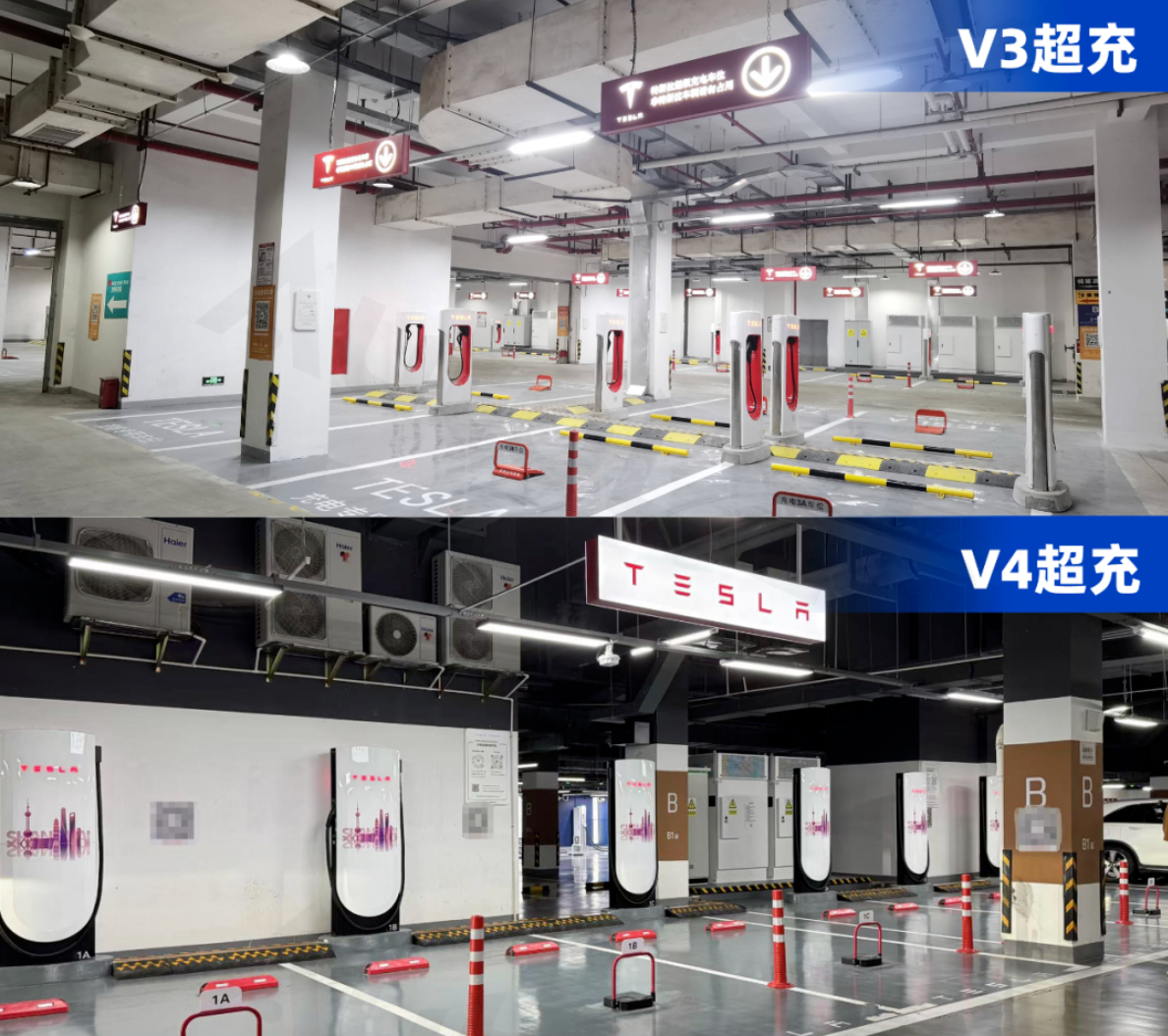
The classic hollow-out design has been replaced by an integrated, fully enclosed structure.
The entirely white pile body, paired with the striking red "TESLA" logo, continues the brand's design language while also highlighting a strong sense of technological sophistication.
In addition, the length of the charging cable has been significantly increased by 1 meter from 1.98 meters in the V3 era to 3 meters.
This not only prepares for the arrival of their own heavyweight Cybertruck, but also means that the V4 Supercharger is now officially open to all brands of new energy vehicles.
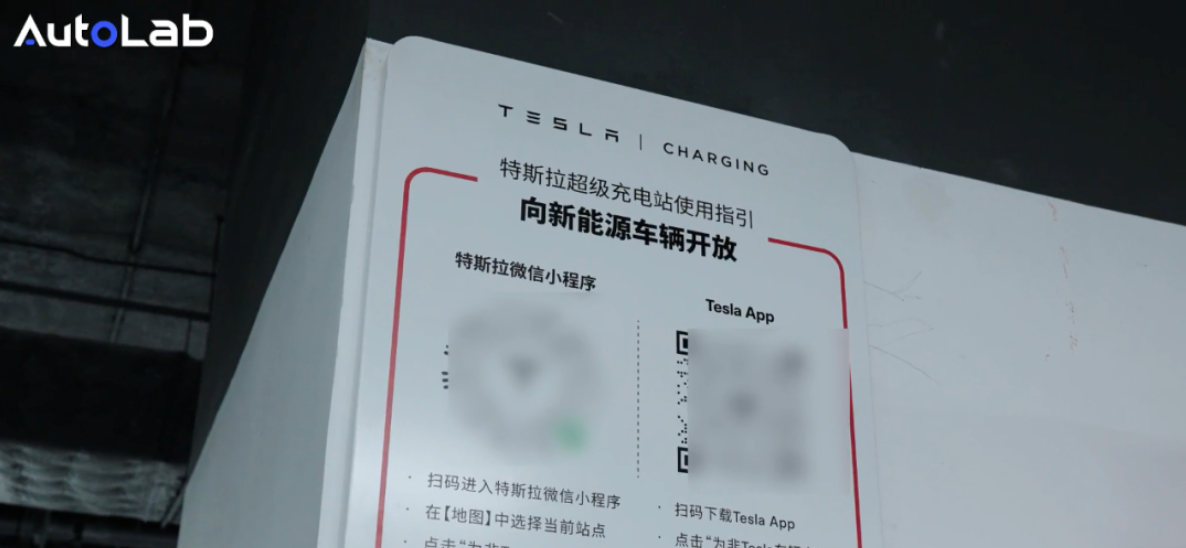
The instruction sign on the wall clearly outlines the operating steps. If you're also curious about how other car brands perform when charging at Tesla's V4 Supercharger stations, please stay tuned for follow-up test reports from "LAB Test".
In addition to visible changes, the core upgrade of the V4 Supercharger lies in the significant improvement in performance.
The peak power of the V3 Supercharger is 250 kW. Against the backdrop of emerging 480 kW and 600 kW Superchargers, this power level is approaching the lower limit in the field of Supercharging.
The brand-new V4 charging pile not only boosts peak charging power to 500kW, but is also compatible with a wide voltage platform ranging from 400V to 1000V.
Actual test experience
We used a refreshed standard version Model Y to conduct a charging test from 30% to 90% SOC.
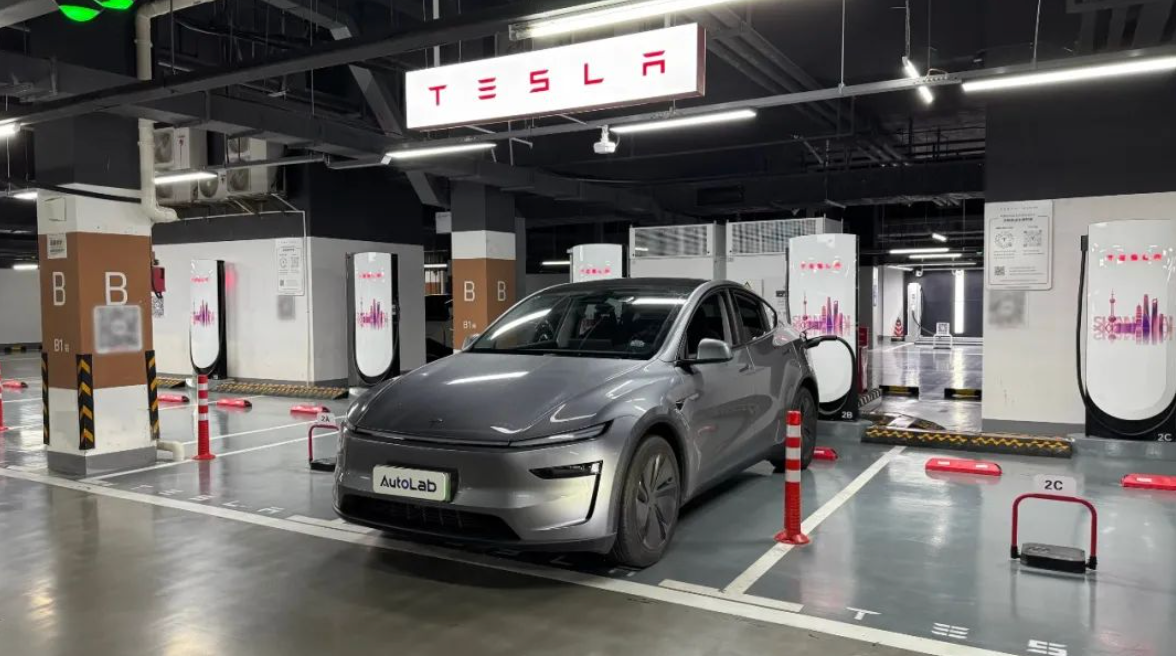
About 20 seconds after plugging in the charger, the vehicle reached the advertised maximum charging speed of 175 kW.
However, charging power has not stopped there and continues to rise over time.
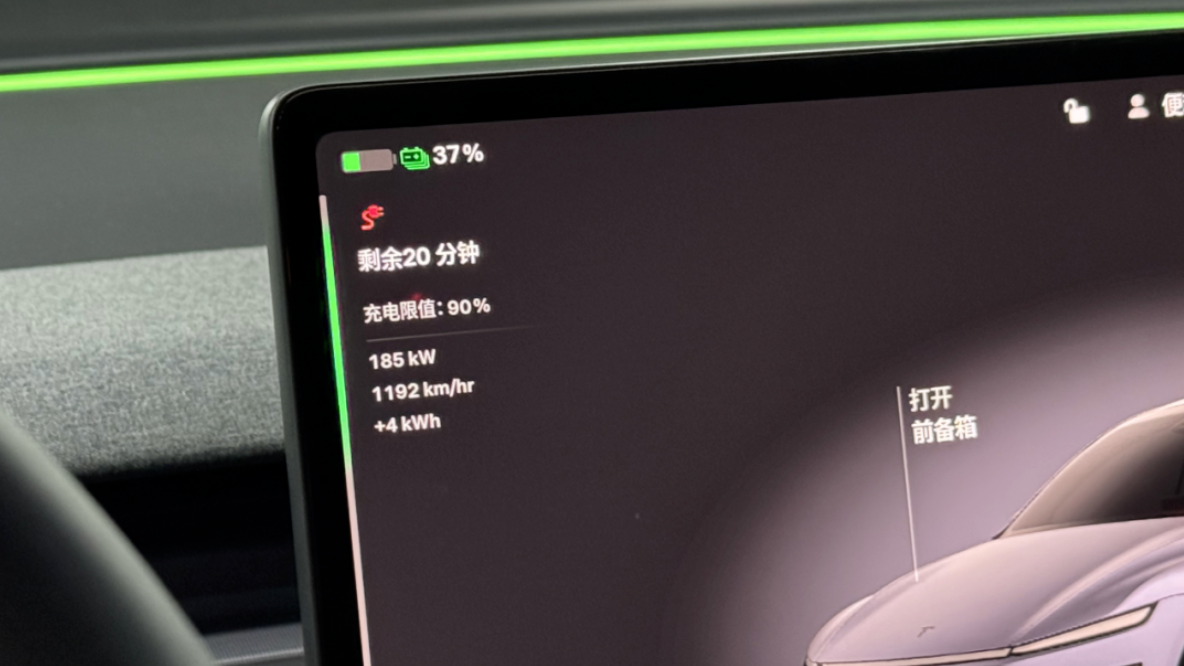
The refreshed standard version of Model Y completed charging from 30% to 90% in 27 minutes and 30 seconds.
The peak power is 185 kW, and the vehicle display shows a charging amount of 39.797 kWh.
After the test ended, an older model of the Model Y arrived at the scene, and its displayed peak power was 155kW during charging.
For comparison, in March this year, we tested the refreshed long-range Model Y at a Tesla V3 Supercharger in Hainan.
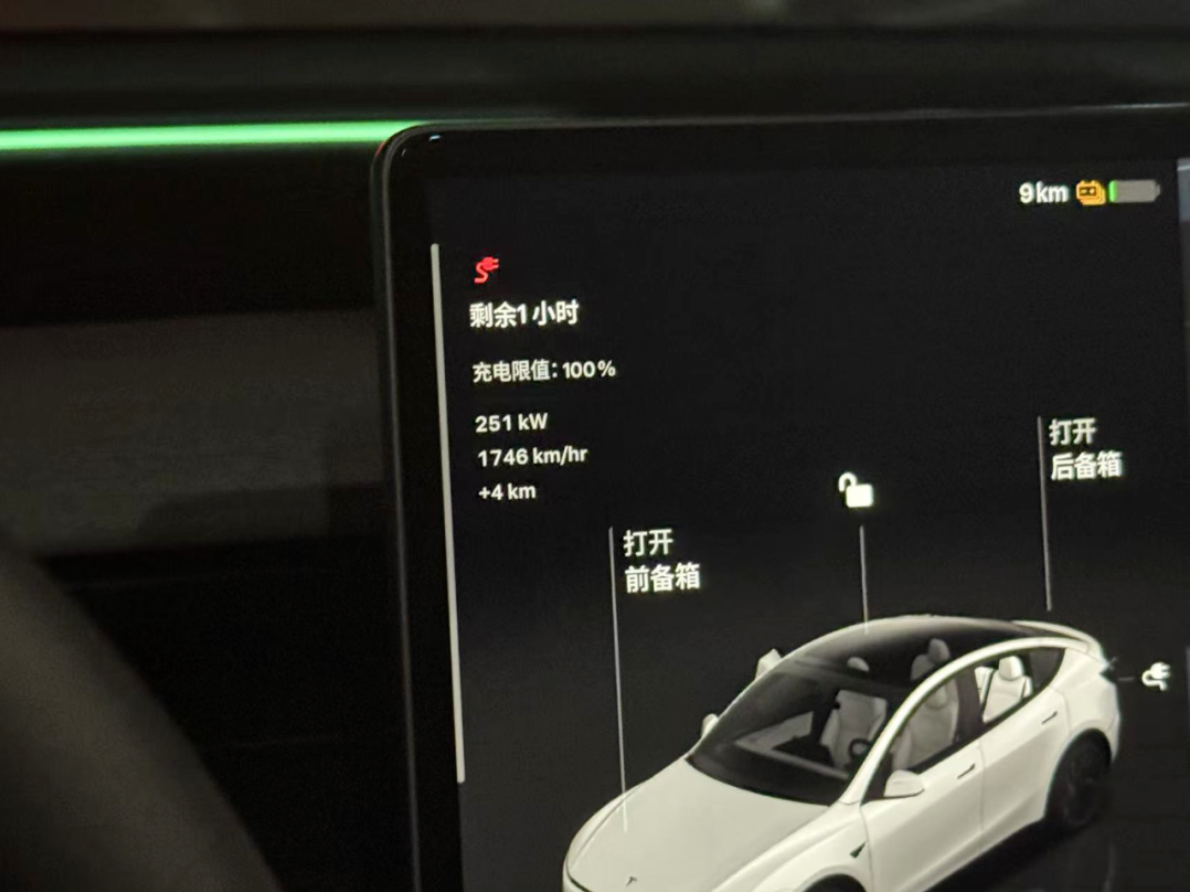
At that time, the peak power reached 251 kW, not only exceeding its nominal limit of 250 kW but also fully utilizing the entire output power of the V3 charger.
Of course, the experience of ultra-fast charging inevitably comes at a high price. When we tested the V4 supercharger, the electricity cost was 2.29 yuan per kWh, with a total expense of about 91 yuan.
Final Note
Thanks to its first-mover advantage, as of June this year, Tesla has built over 2,100 supercharging stations and 11,600 supercharging stalls in China, far surpassing most domestic brands in terms of quantity.
For Tesla owners, the Tesla Superchargers, which offer stable charging without disconnection, clean and tidy stations, and the ability to calibrate the vehicle's battery while charging, are indeed scenarios frequently encountered in daily use.
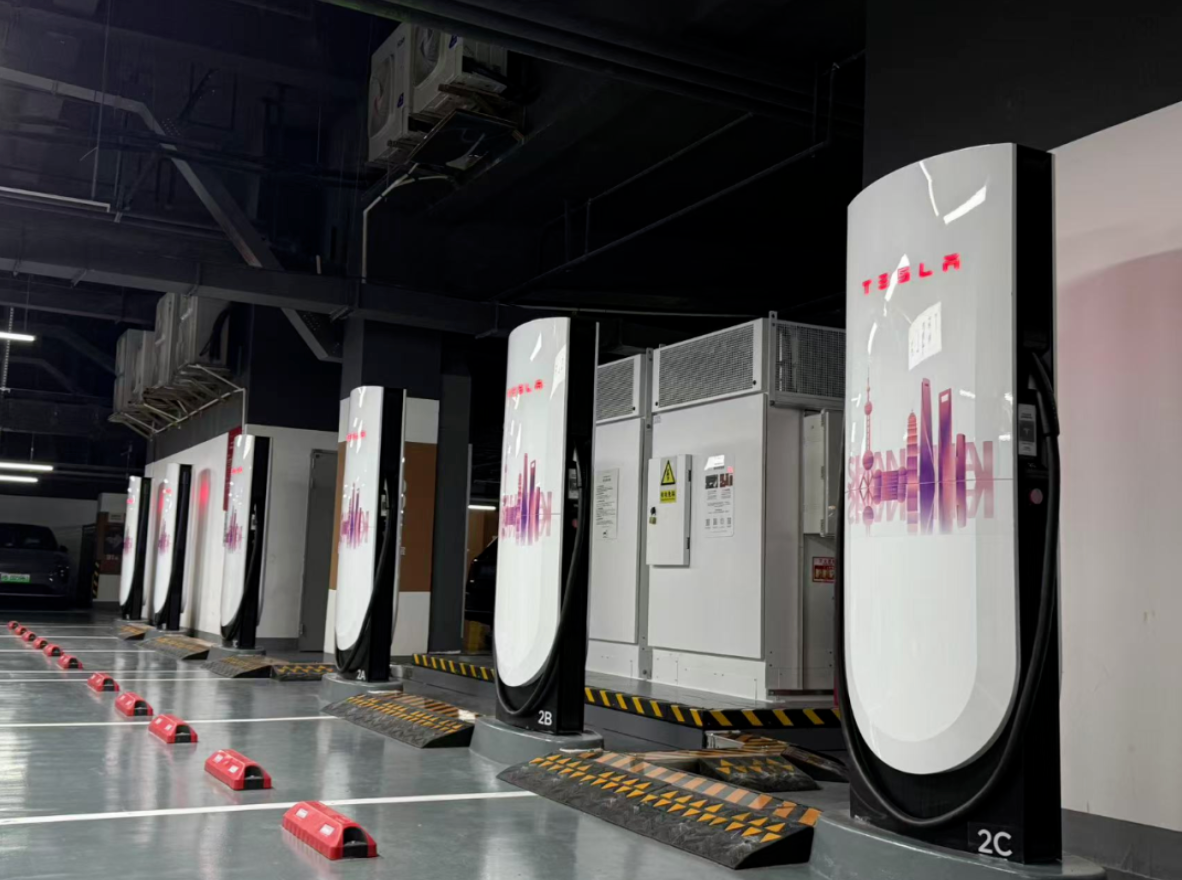
However, for owners of other brands, whether they will choose to use Tesla Superchargers because of the full opening of Tesla V4 remains a question.
After all, with an electricity price as high as 2.2 yuan per kilowatt-hour, it is comparable to "gasoline prices" even in the city center of Shanghai.
However, Tesla officials also stated that subsequent V4 superchargers will cover more service areas, making high-speed charging more convenient.
If one day you really see a Tesla V4 supercharger at a service area, would you try to use it?
【Copyright and Disclaimer】The above information is collected and organized by PlastMatch. The copyright belongs to the original author. This article is reprinted for the purpose of providing more information, and it does not imply that PlastMatch endorses the views expressed in the article or guarantees its accuracy. If there are any errors in the source attribution or if your legitimate rights have been infringed, please contact us, and we will promptly correct or remove the content. If other media, websites, or individuals use the aforementioned content, they must clearly indicate the original source and origin of the work and assume legal responsibility on their own.
Most Popular
-

List Released! Mexico Announces 50% Tariff On 1,371 China Product Categories
-

Nissan Cuts Production of New Leaf EV in Half Due to Battery Shortage
-

New Breakthrough in Domestic Adiponitrile! Observing the Rise of China's Nylon Industry Chain from Tianchen Qixiang's Production
-

Dow, Wanhua, Huntsman Intensively Raise Prices! Who Controls the Global MDI Prices?
-

Clariant Unveils Cost-Cutting Plan Details, Plans to Shut Down Multiple Plants






